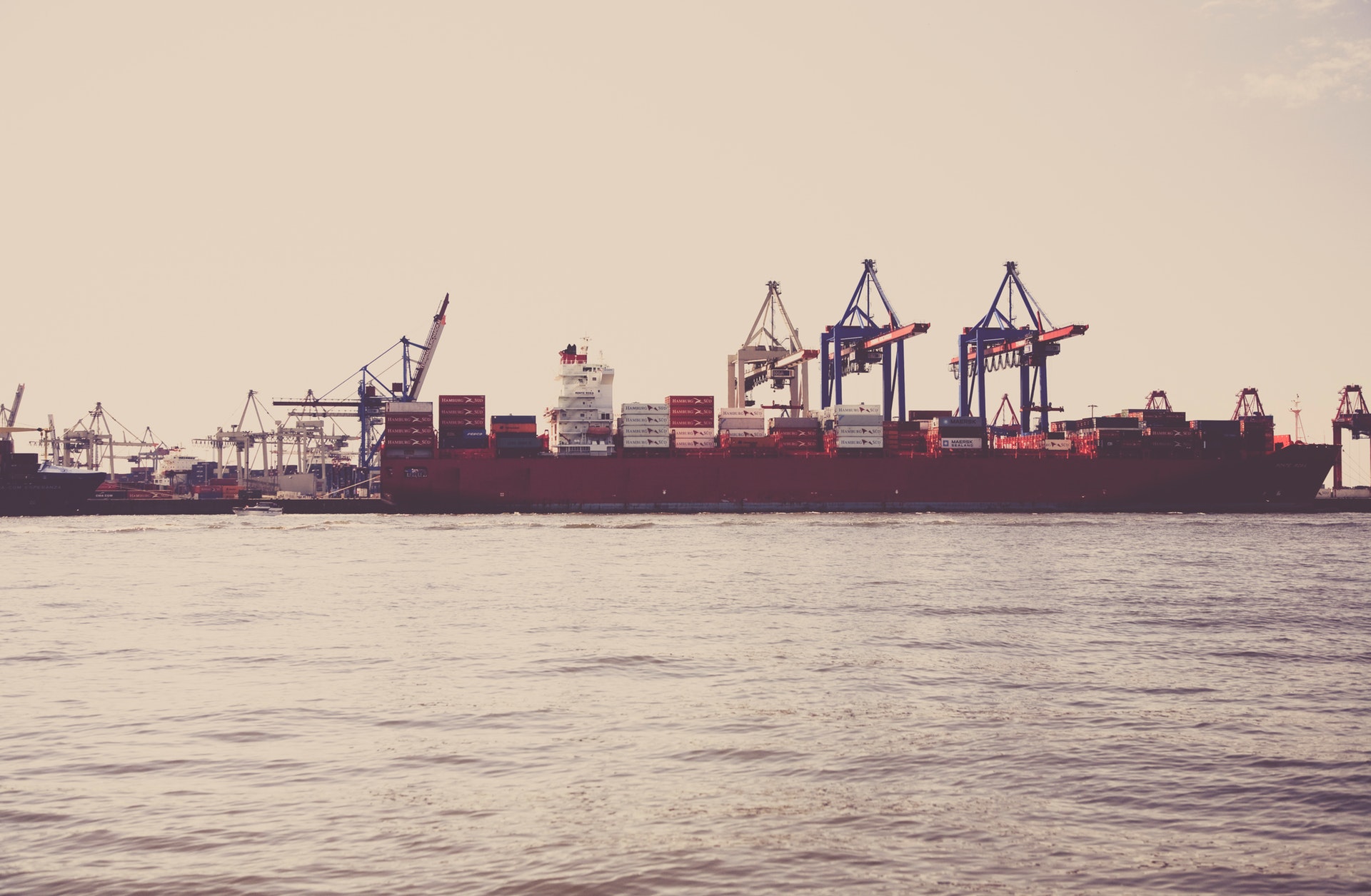
How to optimise your costs through modernisation
As technology continues its rapid advancement, migrating cloud infrastructure to modernised solutions has become an important step for organisations aiming to save costs while optimising operations.
And we’ve been helping guide companies through this pivotal transformation, assisting clients in transitioning away from traditional virtual machine environments towards more flexible and dynamic cloud-native platforms. We ensure transitions to more adaptable and resilient infrastructures are straightforward and produce tangible benefits.
As part of this, upgrading to container-based systems signifies a key shift from hardware-centric designs to software-prioritised models.
This migration to cloud-native environments arrives with numerous advantages, like scalability, cost savings, designs, improved resource administration, streamlined development and deployment cycles.
Is a container-based solution the way to go?
Containers play a pivotal role in enabling transformation, allowing for expedited deployment and a consistent operational environment across all phases of application lifecycle management.
They tackle the issue of disparate computing environments, ensuring reliable application performance. This reliability is achieved by containerising the application with its dependencies, which makes it both dependable and highly portable across different computing environments.
Containerisation helps simplify application deployment, management, and scaling. It also helps Integrate with cloud services for seamless scalability and reduced management overhead.
How do you save costs through modernisation?
A series of trade-offs between effort and savings marks the journey from traditional VMs to advanced serverless solutions. Early stages offer significant savings with moderate effort, making them attractive starting points. As you progress, the complexity increases, but so do the potential benefits, especially in terms of operational efficiency and scalability.
In this context, we will explore the modernisation pathways in stages within AWS Cloud, from the simplest to the most sophisticated, each with ascending potential for savings.
The optimisation stages
Stage 1: Virtual Machines
Option 1: Virtual Machines transitioning to Graviton
Amazon EC2 is at the core of many cloud architectures, offering adaptable and expandable computing capability. However, over-provisioning and underutilisation can incur unnecessary expenses.
In case you don’t want to move away from traditional VMs, transitioning appropriate workloads to Graviton instances may result in up to 40% improved performance and potentially reducing costs up to 20%.
Graviton may also reduce your carbon footprint as they use up to 60% less energy than comparable EC2 instances for the same performance.
Option 2: Utilising Spot Instances
Spot Instances offer a substantial leap towards cost efficiency by allowing businesses to tap into spare EC2 capacity at a fraction of the cost. Utilising Spot Instances for suitable workloads can result in cost savings of up to 70-90% compared to On-Demand EC2 instances.
Graviton Advantage: The cost-effectiveness of Spot Instances, when combined with Graviton processors, can lead to even greater savings for flexible, interruption-tolerant workloads.
Stage 2: Containerise
Option 1: Amazon ECS
Amazon ECS marks a significant shift in the cloud infrastructure landscape, allowing businesses to maximise resource utilisation and enjoy unmatched scalability and portability. While the exact cost reductions can vary, businesses often report noticeable savings when transitioning to containerised services like ECS, especially when optimising resource allocation and management.
Graviton Advantage: Migrating compatible workloads to Graviton instances can enhance cost savings by 10-20%, thanks to a 40% better price performance.
Option 2: Amazon EKS
Amazon EKS offers robust scalability and management features for containerised applications, providing a more advanced orchestration platform. Businesses leveraging EKS often experience improved operational efficiency and potential cost reductions compared to managing container orchestration manually.
Graviton Advantage: Migrating compatible workloads to Graviton instances in an EKS environment can also lead to a 40% better price performance, further enhancing cost savings by 10-20%.
Stage 3: Serverless
Option 1: AWS Fargate
AWS Fargate revolutionises container management by providing a serverless compute engine, eliminating the hassle of server and cluster setup, scaling, and management of managing and ensuring you only pay for the resources you consume. Expect additional savings of 15-30% over ECS/EKS with traditional EC2 instances.
Graviton Advantage: Using Fargate with Graviton2 processors can lead to up to 20% cost savings over equivalent x86-based Fargate tasks.
Option 2: AWS Lambda
AWS Lambda embodies the cloud-native approach, providing a serverless compute service that automatically manages the underlying compute resources. Transitioning to serverless architectures with AWS Lambda can lead to substantial cost reductions, though the amount varies based on the application's architecture and usage patterns, typically ranging from 20 up to 90%.
Graviton Impact: Lambda can be configured with new and existing functions to run on x86 or Arm/Graviton2 processors. Lambda functions powered by Graviton2 are designed to deliver up to 19 percent better performance at 20 percent lower cost.
Which modernisation option is right for your organisation?

It's important to note that these options are not mutually exclusive, and you can combine them for even more optimised solutions.
For instance, you could use Fargate Spot for interruptible tasks or leverage AWS Lambda functions for asynchronous data processing, among other combinations. This flexibility allows you to tailor your AWS infrastructure to meet your specific operational needs and cost-saving goals.
Navigating your modernisation path
At Nordcloud, we're more than just consultants in your digital transformation journey; we're active partners committed to your success. We offer insightful advice, implement strategies for cost-efficiency, and provide thorough oversight to ensure your infrastructure exceeds the norms of efficiency and cost-effectiveness.
Our approach to modernising your infrastructure is tailored and strategic:
- Assessment of Current Infrastructure: We conduct a detailed evaluation to assess your readiness for a shift to containerisation.
- Defining Modernisation Goals: In collaboration, we pinpoint your modernisation targets, focusing on enhancing performance, reducing costs, and boosting scalability.
- Developing a Migration Strategy: We craft a bespoke migration strategy that covers all facets of your transition to a modern infrastructure.
- FinOps Architecture Review: Through a thorough FinOps review, we determine the most cost-effective and suitable cloud environment for your specific needs.
- Applying Expert Knowledge: Leverage our extensive expertise, encompassing industry best practices and ongoing support, to ensure a seamless modernisation process.
In partnership with Nordcloud, transitioning to a containerised cloud environment means aligning your operational model with the future, ready to scale and evolve. Let us guide you through this transformation, unlocking the full potential of your cloud applications and infrastructure. Check our FinOps services here, or use the form below.
Get in Touch.
Let’s discuss how we can help with your cloud journey. Our experts are standing by to talk about your migration, modernisation, development and skills challenges.




